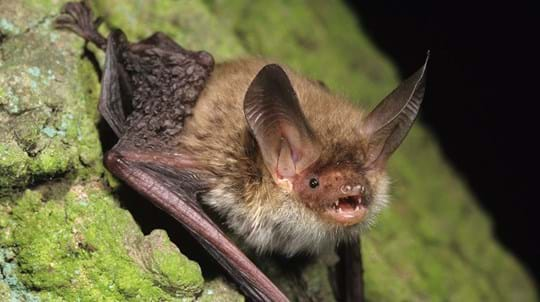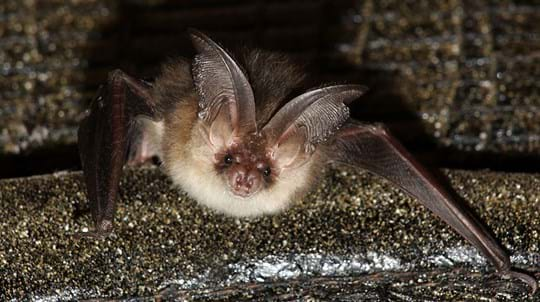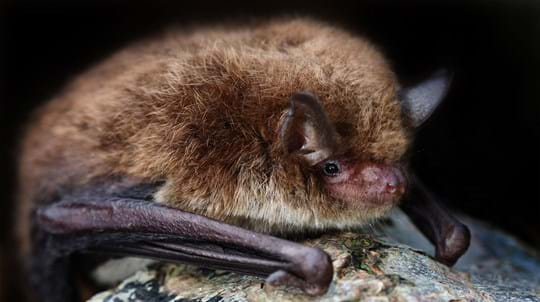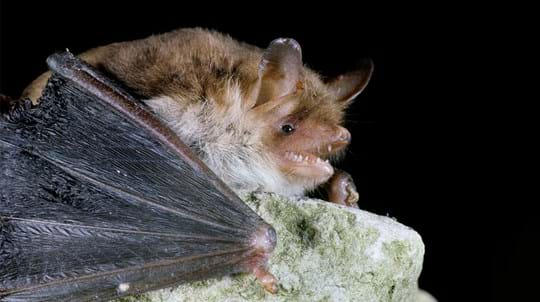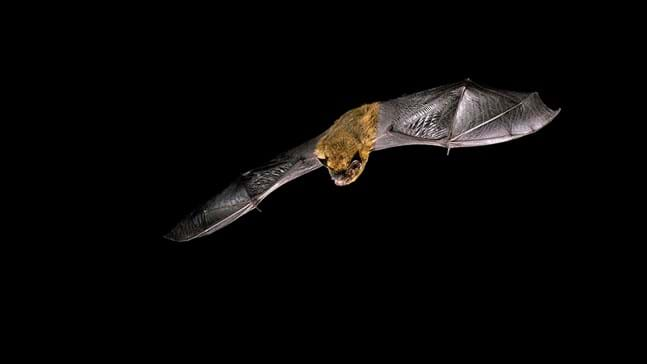
Credit: FLPA / Alamy Stock Photo
What do common pipistrelles eat?
Flies are the main prey of common pipistrelles, with lacewings, mayflies, midges and mosquitoes all on the menu. The bat catches these insects in flight, using echolocation (a biological sonar) to locate its prey and avoid flying into obstacles.







